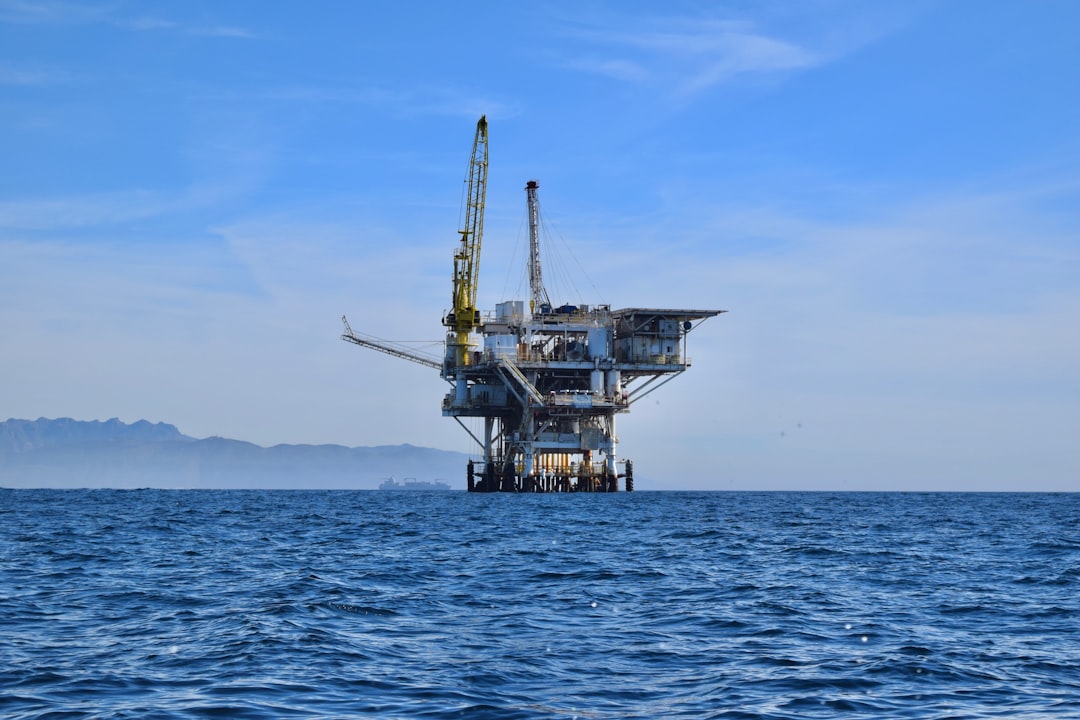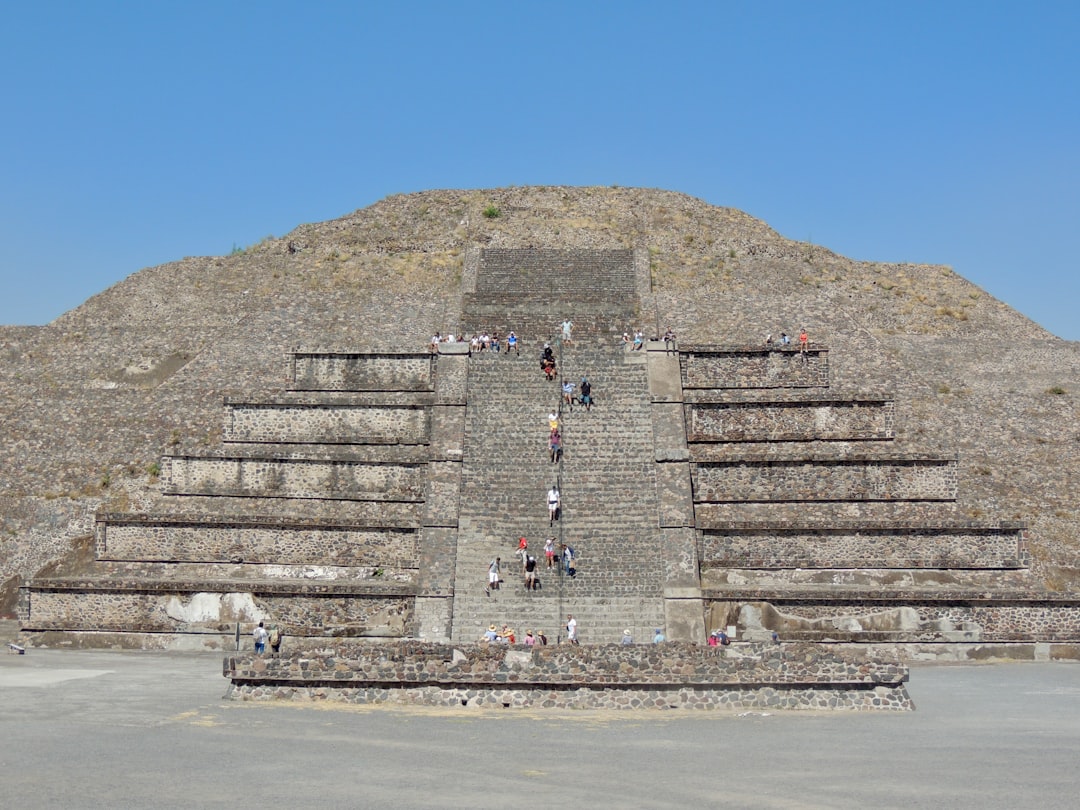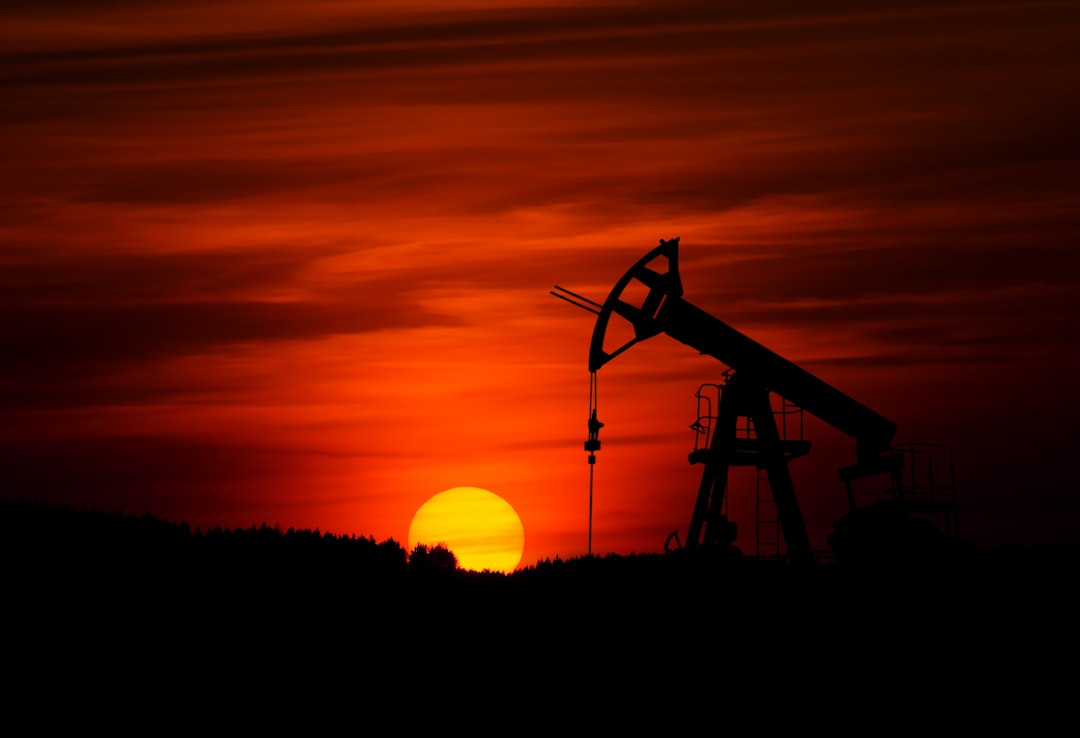What is it about?
The measure of the concentrations in the soil pores of some gases (i.e., carbon dioxide, radon, methane, helium and hydrogen) can be a useful tool for the spatial identification of active faults, i.e. faults that can generate earthquakes, even if they are not visible at surface because are buried under the sedimentary cover.
Featured Image
Read the Original
This page is a summary of: Soil gas distribution in the main coseismic surface rupture zone of the 1980,Ms = 6.9, Irpinia earthquake (southern Italy), Journal of Geophysical Research Solid Earth, March 2014, American Geophysical Union (AGU),
DOI: 10.1002/2013jb010508.
You can read the full text:
Contributors
The following have contributed to this page










